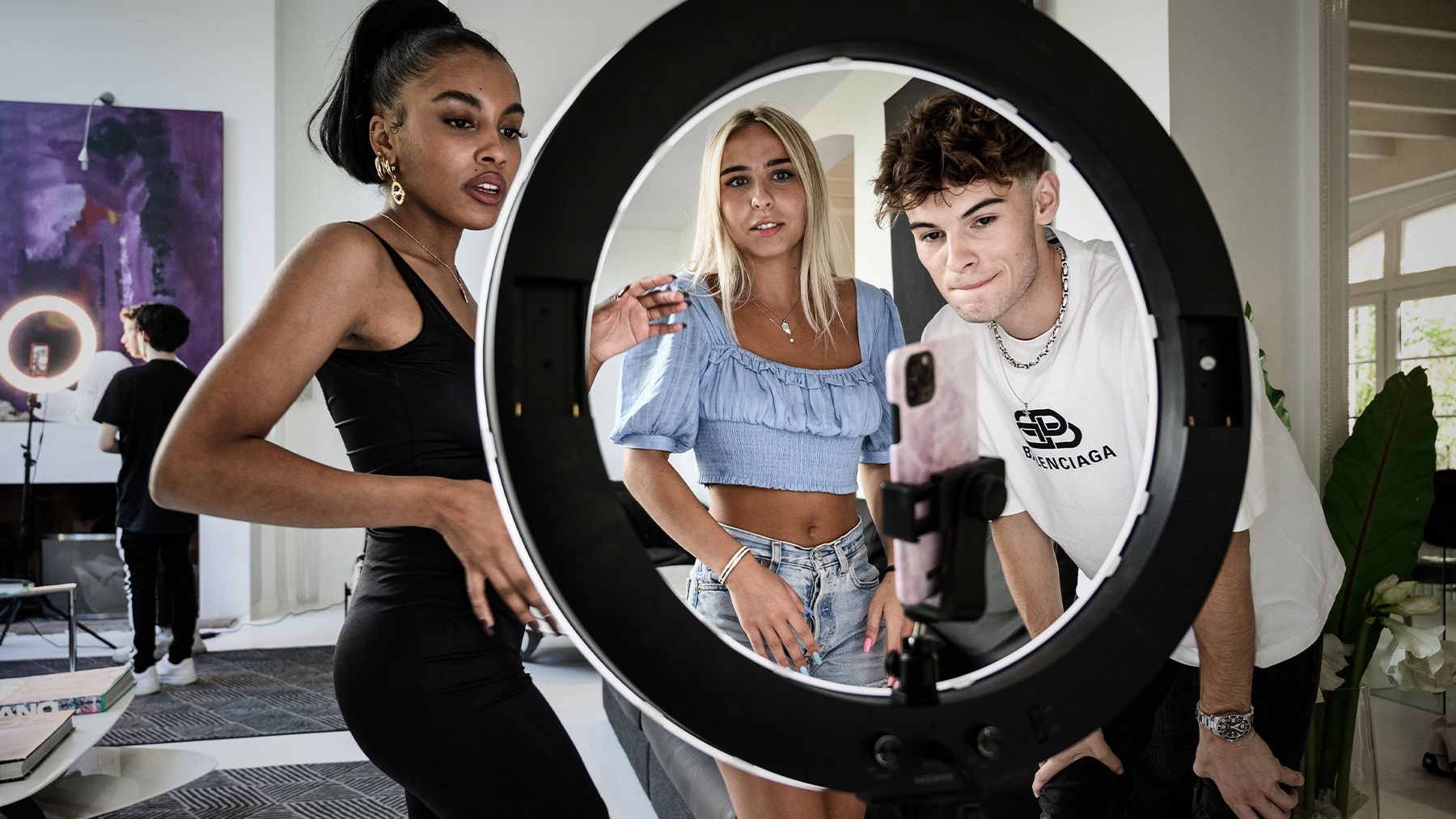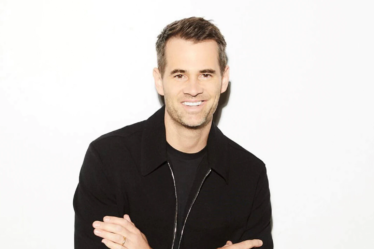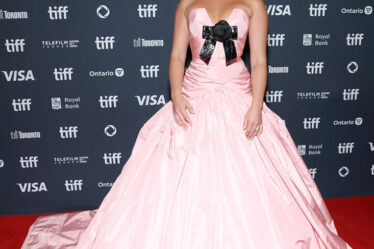
Joseph Altuzarra doesn’t consider himself to be very good at social media.
The designer has posted on Instagram for years, but said he tends to overthink what he shares. Recently, he’s been fascinated by TikTok, known for its addictive short-form videos and tight-knit youthful communities of hyper-specific enthusiasts. Altuzarra was only a viewer on the platform until June, when the private chef who cooks for his family during the summer in the Hamptons happened to go super-viral on the platform. He was struck by how quickly the chef, Meredith Hayden, saw her audience grow and how off-the-cuff her videos were. She encouraged him to try it himself.
“There was no, ‘Oh, you have to post [at] this time if you want optimal viewership,’” Altuzarra said. Because the app’s way of surfacing videos to viewers is, to a certain degree, random, he felt “much less pressure for things to perform, or to be good.” Plus, he enjoyed being part of the platform.
“I find it much more compelling, from a creative point of view, than Instagram,” he said.
Altuzarra is one of the millions of users lured by TikTok in recent years. TikTok ranked as the most downloaded app in the world in 2021 and in the first quarter of 2022, according to data from Sensor Tower, a firm that tracks app data. And TikTok users are spending more time on it each year. But the app still trails rivals like Instagram and Facebook in total audience, ranking fifth globally in terms of monthly active users, according to Data.ai. TikTok is expected to capture only about one-third of the influencer marketing dollars brands will spend on Instagram this year, though it has surpassed Facebook and is on track to take the No. 2 spot from YouTube by 2024, according to Insider Intelligence.
For most of TikTok’s rise, the fashion and beauty communities treated the platform as a place for experimentation while building their online marketing campaigns around Instagram. No longer. Meta’s recent promises to spotlight more videos and recommended content in Facebook and Instagram feeds demonstrate how much TikTok has disrupted the social media landscape. And as many users bristle at the changes from the apps they grew up on, brands and influencers are rethinking where they focus their efforts.
“TikTok is where trends start for us,” said Stacey McCormick, the senior vice president of marketing for Aerie, American Eagle’s sister intimates and activewear brand.
Influencers who built their careers through carefully filtered Instagram posts are embracing the new reality, too.
“If we’re looking at it from a business perspective, and just pure economics and eyeballs, I just don’t see how a creator can continue with just posting in [Instagram] feed,” said Vanessa Flaherty, president of influencer agency Digital Brand Architects (DBA). “It’s sort of a dying breed at this point.”
Before the pandemic started, Instagram was fashion and beauty’s dominant platform, having replaced print magazines as the foundational source of trends and personalities that drive the industry.
But if Instagram’s corollary is magazines, TikTok’s is television. Compared to TikTok’s silly, chaotic and personality-driven videos (and canny sense of what videos viewers want to see next), Instagram is striking some users as overly commercial and artificial. To many, Instagram simply isn’t as fun as it used to be.
“TikTok became successful because it’s everything Instagram is not,” said Bryan Grey Yambao, in a WhatsApp message. Also known as Bryanboy, the celebrity fashion and style blogger who became popular on TikTok by parodying the luxury lifestyle he used to present more earnestly Instagram.
Instagram is struggling to adapt to the TikTok-ification of the internet, along with a wider decline in online ad spending. In July, parent company Meta reported its first revenue decline since going public. Meta’s stated plans to show Facebook and Intsagram users more recommended content from accounts they don’t follow, particularly video content, is seen as a direct response to TikTok’s popularity. But frustrated users and influencers say they are missing posts from the friends and celebrities they chose to follow.
Meta executives maintain Instagram and Facebook can balance their original functions as social networks while also becoming discovery platforms. However, user backlash reached such a high volume last week that chief executive Adam Mosseri released a video statement explaining the strategy shifts. The company later said it would be “temporarily decreasing the number of recommendations you see in your feed so we can improve the quality of your experience,” according to a spokesperson. But the overall strategy remains the same.
Instagram’s shifting strategy creates a dilemma for fashion brands. Instagram is still where most customers are, and where companies have the most experience turning marketing spending into brand awareness and sales. But users’ frustrations about the app’s algorithm raise questions about its future relevance. In the meantime, TikTok’s influence is growing at a rapid pace. The app is much more than just viral dances.
“TikTok is like a fusion reactor of innovation and ideas that a lot of cultural trends are coming out of,” said Brian Vaughn, partner at Shadow. The creative marketing and communications agency has worked with brands like Aerie, Express and e.l.f. Cosmetics.
And TikTok is no longer just a destination for teenagers.
“Millennials — they might be not necessarily the ones doing a ton of the creating, but they’re consuming the content,” he said.
Aimee Song is one of those millennials. The longtime fashion influencer, who launched an apparel line in 2019 and is represented by DBA, has been online long enough to remember MySpace and Xanga. Now she counts more than 6 million followers on Instagram and another 84,000 on TikTok. Song is still getting used to posting on TikTok, where she mixes fashion show footage with silly videos of her family. She is surprised by the new people she’s come across on TikTok, including a stylish 61-year-old former fashion executive, Gym Tan.
“I would have never discovered her on Instagram,” said Song. “It’s just her offering how to dress in a non-stuffy way.”
Meanwhile, on Instagram, Song is posting more videos in order to increase her chances of showing up in her followers’ feeds.
“Honestly it didn’t come super-naturally, it was more like, Okay, I have to do it because if you don’t get with the program, then you’re going to be left behind,” she said.
While Instagram is under threat, it is far from obsolete. By the end of 2021, CNBC had reportedly amassed more than 2 billion monthly active users worldwide (Meta does not regularly release Instagram’s user numbers). And TikTok’s Chinese ownership could complicate its future in the US as tensions between the two countries worsen.
For many brands, Instagram is also still seen as a better place to drive actual sales, while TikTok is better for brand awareness. (While specific items can go viral on TikTok and sell out, predicting or engineering that kind of response is tricky.) Instagram has been building and tweaking its in-app shopping functionality for years, though TikTok is aiming to catch up. The app is testing different in-app shopping products outside of the US.
“People always say Instagram is taking a page out of TikTok’s playbook, but I think TikTok is probably doing the same as it pertains to shopping and commerce on their platform,” said Flaherty.
Instagram is also still a top-priority channel for many brands that hire influencers like Song to create sponsored content, especially in the luxury and designer category. Her audience there is more likely to be older and have the ability to drop several hundred dollars on a designer bag. Her audience on TikTok, on the other hand, often have very little knowledge or interest in fashion, she said.
Aerie’s McCormick said the brand thinks about its Instagram account as a curated brand billboard. Customers who are ready to shop from the brand often head to its Instagram account before its website, she said. On TikTok, where users are more likely to less likely to be seeking out content about the brand, Aerie’s strategy is to create as much awareness as possible by hiring creators and running ads that reach wide audiences.
“If you want to take a message and push it out to as many people as possible, you can do that through [TikTok],” McCormick said.
Vaughn agreed that the “aesthetic-driven content” that Instagram is known for is still valuable for brands.
“That has a place in the marketing funnel as well,” he said.
Emily Oberg, a former influencer who started her apparel line Sporty & Rich from an Instagram mood board, has no interest in filming “videos of myself doing things” for TikTok. The accounts she follows still show up in her Instagram feed.
“I’m very happy to limit my use of all social channels and I will only limit it more and more as I get older,” she said in an e-mail. “It feels good and I want no part in where content is going.”



